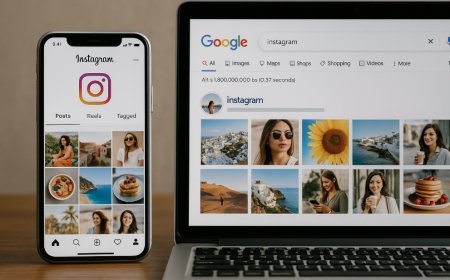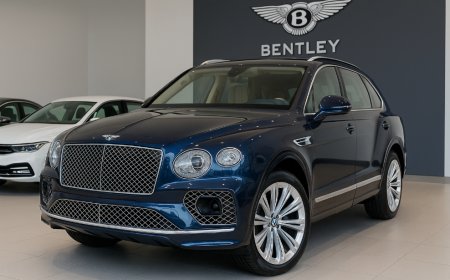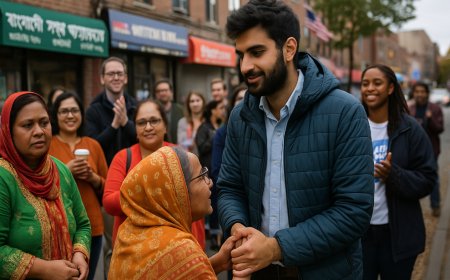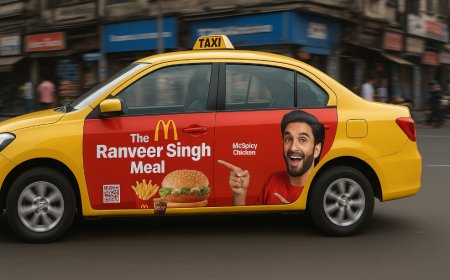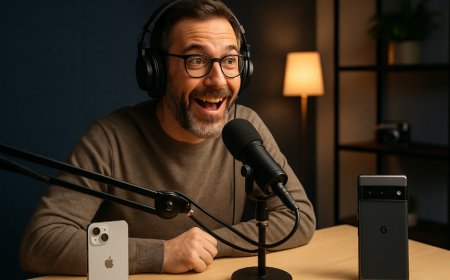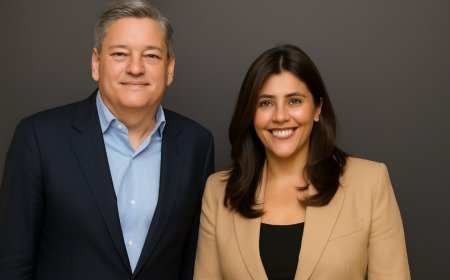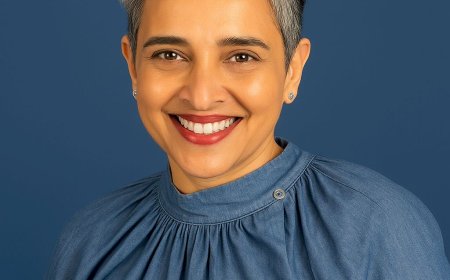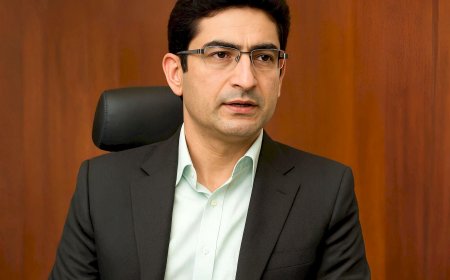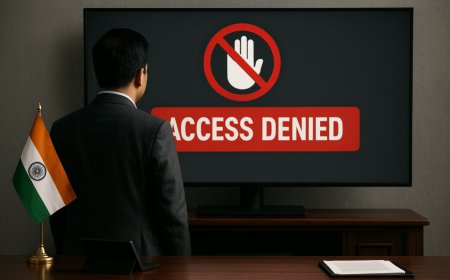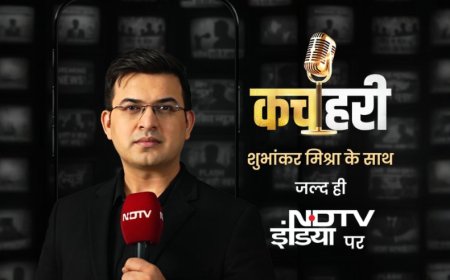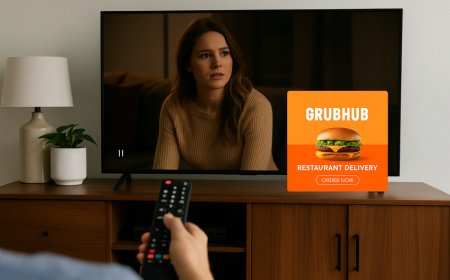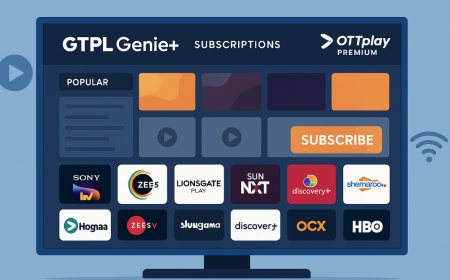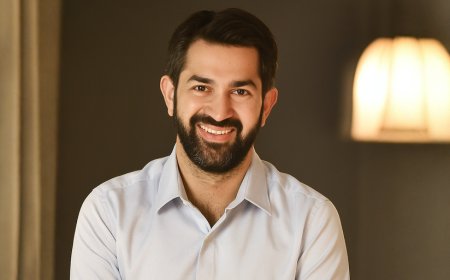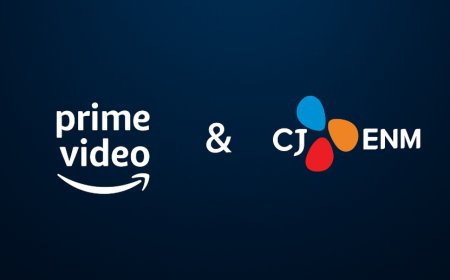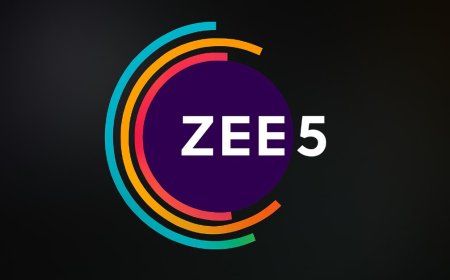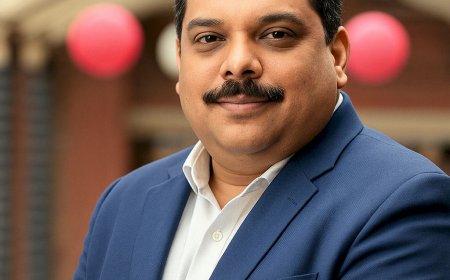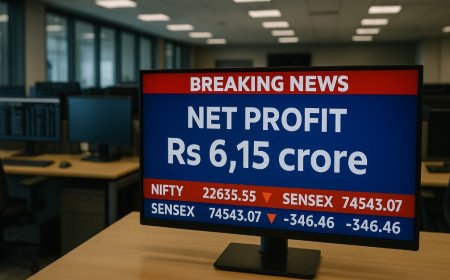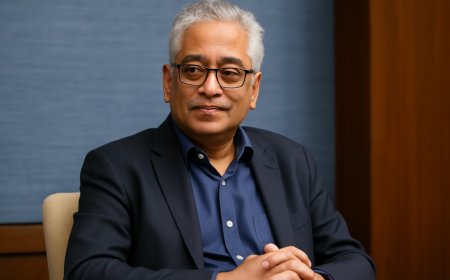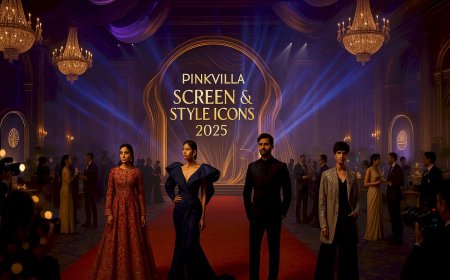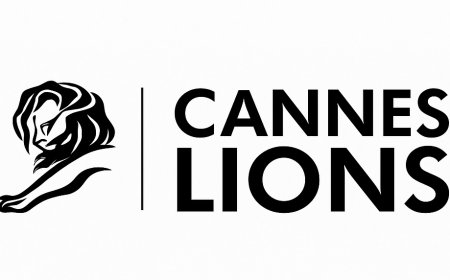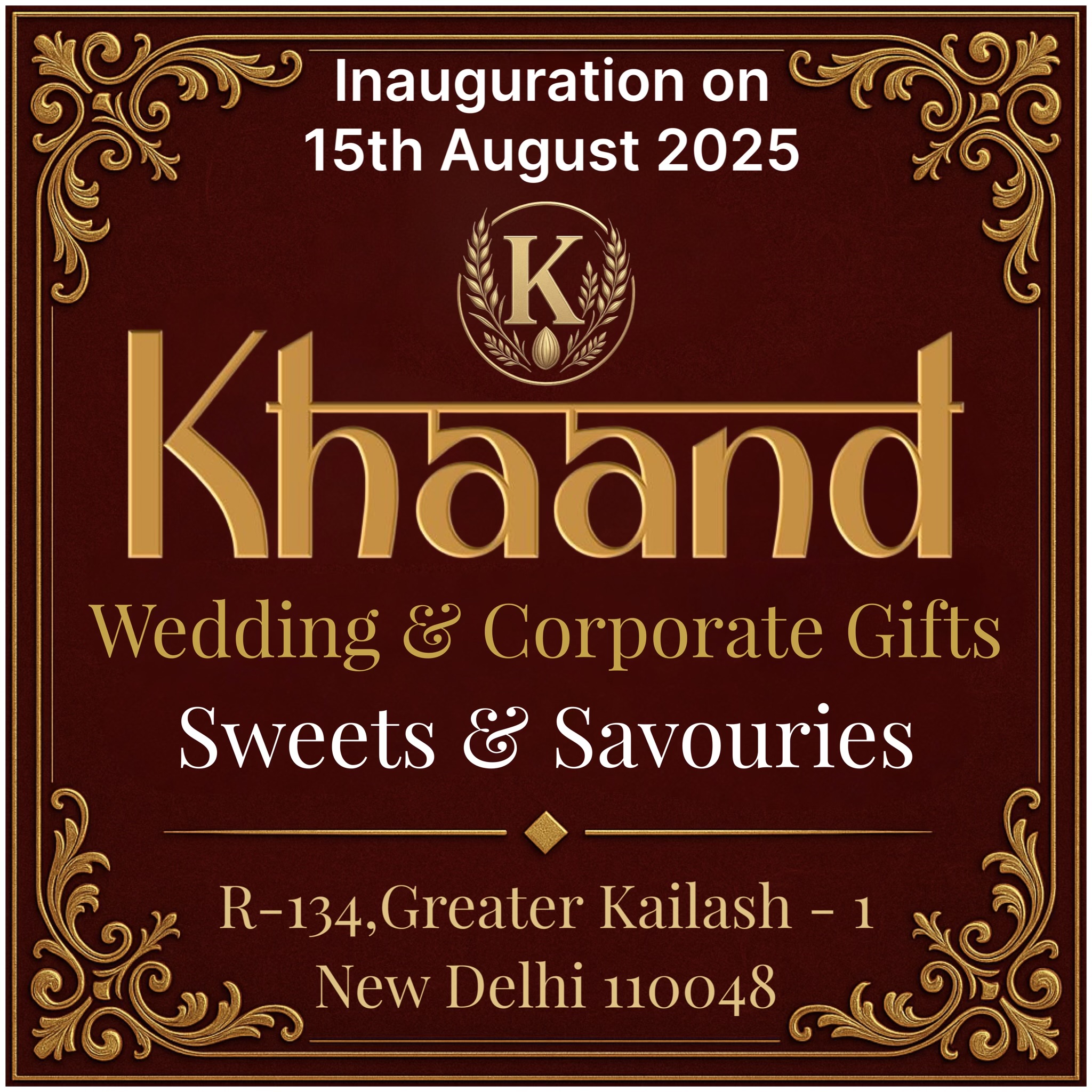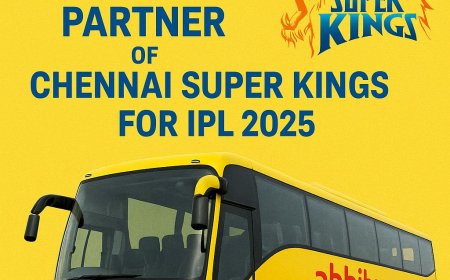Why FMCG Brands Continue to Dominate Indian Advertising: The ₹30,000 Crore Phenomenon
FMCG brands continue to lead India’s advertising spend, contributing over ₹30,000 crore annually. This article explores why this sector remains the top advertiser and what drives their sustained dominance.

Introduction: Who Owns the Advertising Crown in India?
In India’s vibrant advertising landscape, one sector has consistently held the throne — the Fast-Moving Consumer Goods (FMCG) industry. With an annual ad spend of over ₹30,000 crore, FMCG brands are far ahead of other sectors. But what gives them this edge, and why does their dominance remain unshaken, even as digital-first startups and tech brands flood the market?
Let’s break down the reasons behind this unmatched reign.
1. Mass Appeal Meets Mass Consumption
FMCG products — soaps, snacks, beverages, detergents — are part of everyday life for millions of Indian households. These are items with:
-
High purchase frequency (daily to monthly)
-
Low unit value (affordable to all income groups)
-
Broad appeal across urban and rural India
This means brands must constantly stay top-of-mind to win in a competitive market. Advertising, then, isn’t optional — it’s essential.
2. Volume Drives Visibility
In a market as vast and diverse as India, FMCG brands are in a constant battle for market share. To maintain dominance, they invest heavily across media channels:
-
TV remains king for mass reach (especially in Tier 2 & 3 cities)
-
Digital media is rising fast, especially among Gen Z and millennials
-
Print, radio, and outdoor continue to play roles in regional and local targeting
As a result, FMCG players maintain visibility 24/7, across touchpoints, ensuring constant recall.
3. Fierce Competition Fuels Ad Budgets
Whether it’s toothpaste or tea, the Indian FMCG market is ultra-competitive. Legacy brands like Hindustan Unilever, ITC, and Dabur face pressure from new-age D2C (direct-to-consumer) players entering digital-first.
To retain loyalty and prevent brand-switching, established players pour money into:
-
Product launches and seasonal campaigns
-
Celebrity endorsements
-
Cause-led marketing
-
Regionalized content and language localization
4. Brand Equity is Built Over Time
FMCG brands are not just selling products — they’re selling trust. Unlike electronics or luxury goods, FMCG success lies in emotional connections and long-term brand equity.
Advertising helps build these emotional bridges. Campaigns like Surf Excel’s "Daag Acche Hain" or Amul’s topical billboard ads have become cultural icons — all thanks to consistent, strategic advertising investments.
5. Rural and Tier-2 Market Penetration
Nearly 65% of India’s population lives in rural areas. For FMCG brands, these markets are growth goldmines. However, winning here isn’t easy. It requires:
-
Localized messaging
-
Strong distribution networks
-
Heavy reliance on traditional advertising like radio, TV, and regional newspapers
FMCG giants allocate a significant chunk of their advertising budgets specifically for rural outreach.
6. Digital Transformation and the D2C Boom
While traditional advertising remains crucial, FMCG companies are increasingly adapting to digital storytelling. They’re now leveraging:
-
Influencer marketing and creator partnerships
-
AI-driven personalization on e-commerce platforms
-
Interactive formats like short videos and mobile-first content
This has opened newer avenues of spending, even for traditional players, adding to their overall ad spends.
Conclusion: A Sector Built for Visibility
FMCG’s continued advertising supremacy isn’t accidental — it’s built into the DNA of the business. With massive consumer bases, fierce rivalry, and the need for constant recall, advertising remains a critical driver of market success.
What's Your Reaction?
 Like
0
Like
0
 Dislike
0
Dislike
0
 Love
0
Love
0
 Funny
0
Funny
0
 Angry
0
Angry
0
 Sad
0
Sad
0
 Wow
0
Wow
0
